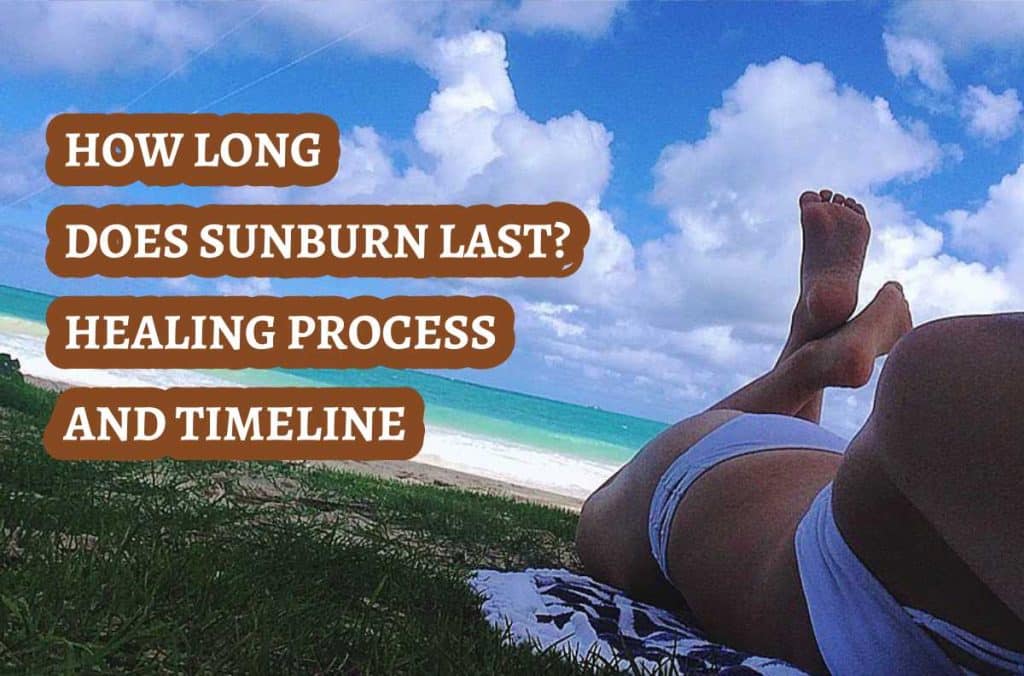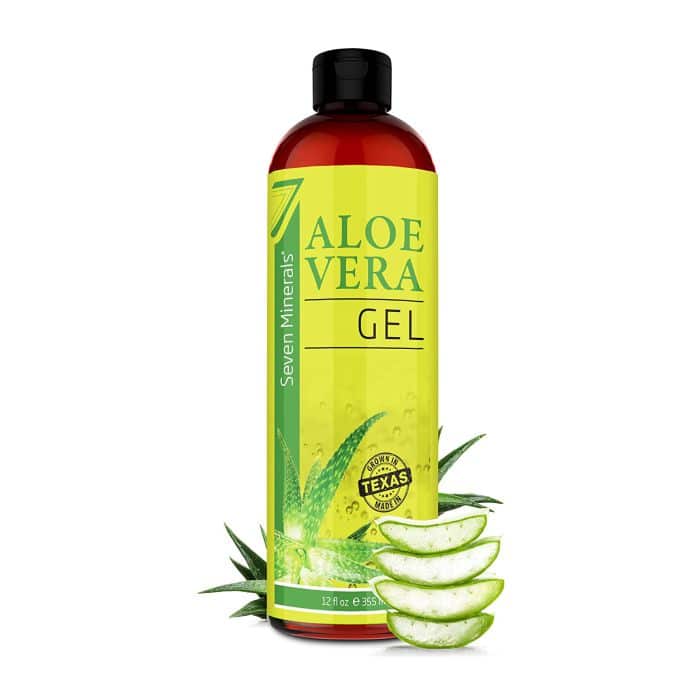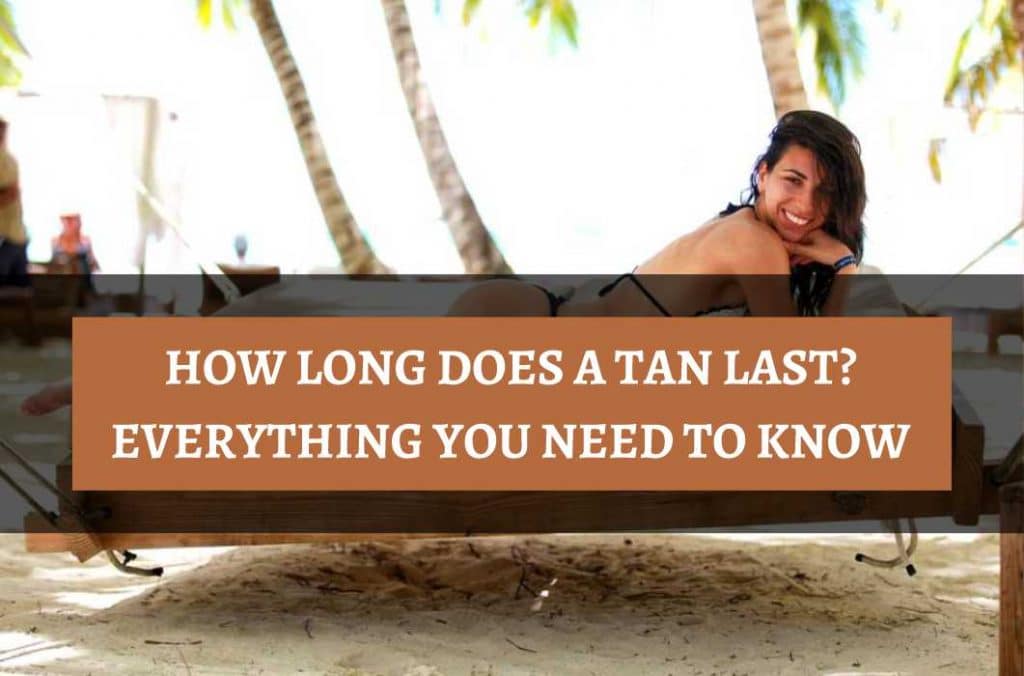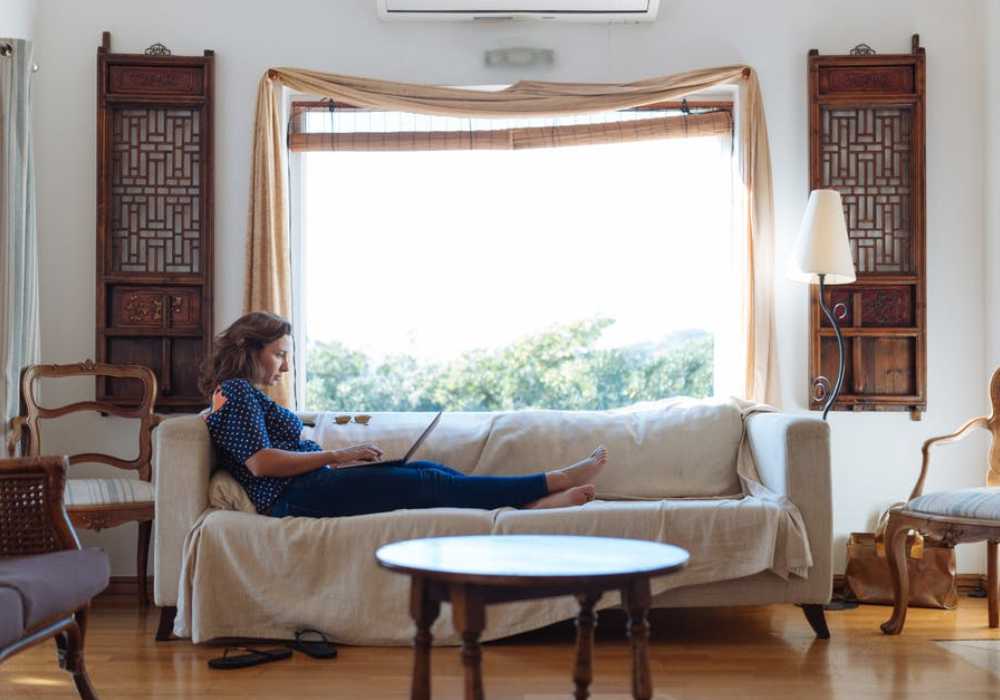As an Affiliate, We may earn a commission that doesn't cost you extra from qualifying purchases using links in this post. It helps keeps this blog running.
If you’re reading this, chances are you’re currently experiencing the discomfort of sunburn and now wondering how long does sunburn last or have someone recently going through the painful healing process. Sunburns can be a frustrating and uncomfortable experience, but fortunately, understanding the healing process and timeline can help ease the pain and prevent further damage. In this article, we’ll delve into the duration of sunburns on different body parts, the healing stages, and remedies to help speed up the process. So, let’s dive in and learn how to put the fire out on that sunburn and relieve your skin!
Read A Specific Section
What Exactly is Sunburn and What Causes Sunburn?
Sunburn is a painful inflammation and redness skin condition that occurs when the skin is overexposed to ultraviolet (UV) radiation from the sun or other sources like tanning beds. The UV rays cause damage to the DNA in skin cells, leading to inflammation, redness, and pain. The severity of sunburn depends on various factors, such as skin type, amount of sun exposure, and the time of day.
Sunburn can happen to anyone, regardless of skin color or tone. Although, darker skin types have more melanin, which provides some protection against UV radiation but can still experience sunburns. Additionally, the time of day affects sunburn severity, with the sun’s rays being strongest between 10 am and 4 pm. It’s crucial to be aware of the risk of sunburn and take steps to protect your skin from the sun’s harmful effects.
So, How Long Does Sunburn Last?
Depending on the severity, your sunburn will last and heal completely in about one to two weeks. Knowing how long sunburn lasts is essential for understanding the healing process and taking steps to prevent further damage. Because sunburn severity varies, the duration of its healing process also depends on factors such as the extent of damage, the affected body part, and the individual’s skin type.
Understanding the timeline of sunburn healing can help you prepare for the discomfort that comes with it, plan for the necessary time off work or outdoor activities, and take steps to prevent further sun damage.
Sunburn Healing Stages and Timeline
To properly understand how long sunburn will heal and last, below is a timeline table to put things in perspective:
| STAGE | TIMELINE | SKIN CONDITION | WHAT IT MEANS |
|---|---|---|---|
| 1 | 1-5 hours | The burn, redness and pain | The first stage of sunburn is typically characterized by redness and pain in the affected area. The skin will appear reddish and will feel warm and tender to the touch. This stage usually occurs within a few hours of sun exposure and can last for up to two days. |
| 2 | 1-3 days | Swelling and blistering | The second stage of sunburn is often marked by the appearance of swelling and blistering. The affected area may become puffy and swollen, and small blisters may form on the skin. These blisters may be filled with clear fluid or blood and can be painful to the touch. This stage typically occurs within one to three days of sun overexposure. |
| 3 | 4-7 days | Dry up, peeling, and itching | The third stage of sunburn is characterized by peeling and itching. As the skin begins to heal, it may become dry and flaky, and the top layer may start to peel off. This can cause the affected area to itch, which may be uncomfortable. This stage usually occurs within four to seven days of sun exposure and can last for up to two weeks. |
| 4 | 1-2 weeks | Complete healing | The final stage of sunburn is complete healing. At this stage, the skin will have fully recovered from the sunburn, and any redness, swelling, or blistering will have disappeared. The affected area may still be slightly tender to the touch, but the pain and discomfort associated with sunburn will have subsided. The length of this stage can vary depending on the severity of the sunburn, but it typically takes two to four weeks for the skin to fully heal. |
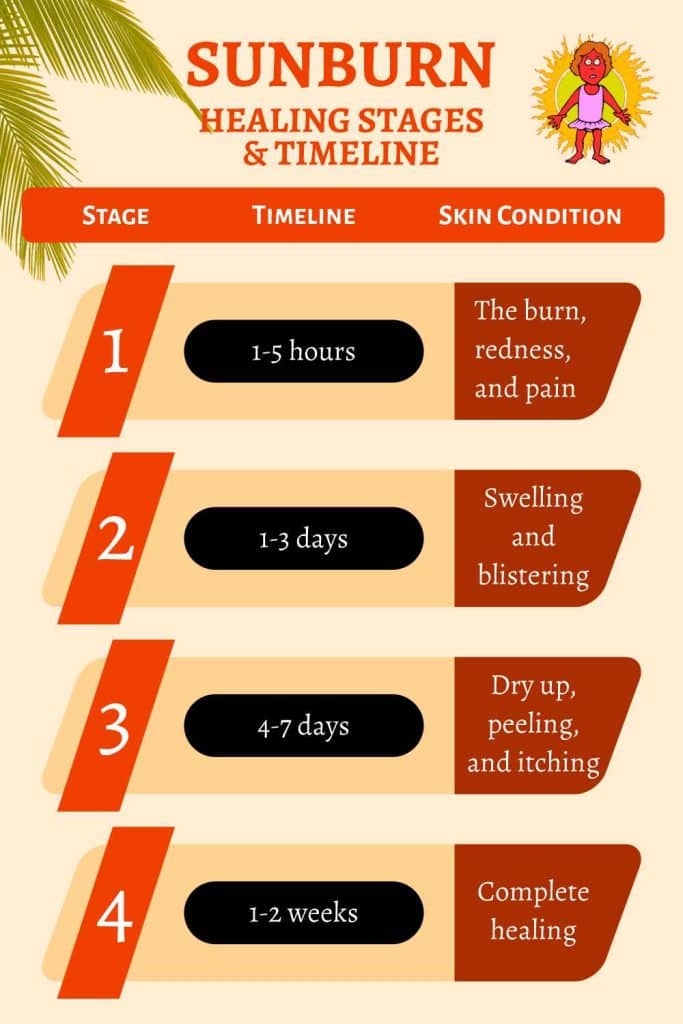
Factors That Can Affect How Long Sunburn Lasts
The duration of sunburn can vary depending on several factors, such as:
- Sunburn Severity: The more severe the sunburn, the longer it will take to heal. For example, a mild sunburn may heal within a few days, while a severe sunburn can take up to several weeks to heal.
- Skin Type: People with fair skin are more susceptible to sunburn and may take longer to heal compared to those with darker skin tones.
- Age: Children and elderly individuals may take longer to heal from sunburn compared to healthy adults.
- Immune System: People with weakened immune systems may take longer to heal from sunburn.
- Medications: Certain medications, such as antibiotics and diuretics, can increase the skin’s sensitivity to sunlight and may prolong the healing process.
- Repeated Exposure: Repeated exposure to sunlight can prolong the healing process and increase the risk of long-term skin damage.
How to Speed Up the Healing Process of a Sunburn
Of course, sunburns are painful and uncomfortable, they can range from mild to severe, and the severity of the burn determines the extent of the damage and the recovery time. While it may take a few days for the redness, swelling, and blistering to subside, there are steps you can take to speed up the healing process.
The following are some steps you can take to speed up the healing process of a sunburn:
- Cool the affected area: Applying a cool compress or taking a cool bath or shower can help to reduce inflammation and soothe the burn. Avoid using hot water, as this can make the burn worse.
- Hydrate: Drink plenty of water to help replace fluids lost due to sunburn. Staying hydrated can also help to prevent dehydration, which can make the burn worse.
- Moisturize: Apply a moisturizer or aloe vera gel to the affected area to soothe and hydrate the skin. Avoid using products that contain alcohol, as they can dry out the skin and make the burn worse.
- Take pain relievers: Over-the-counter pain relievers such as ibuprofen or acetaminophen can help to alleviate pain and reduce inflammation.
- Avoid further sun exposure: Stay out of the sun until the sunburn has healed. If you need to go outside, wear protective clothing and use a broad-spectrum sunscreen with an SPF of at least 30.
- Medical treatments: In severe cases, your doctor may prescribe corticosteroid creams or oral medications to reduce inflammation and speed up the healing process.
How To Use Aloe Vera To Speed Up Sunburn Healing Process
Aloe vera is a natural plant and a nature’s gift to us which has been used for centuries to soothe and heal the skin. Its gel-like substance contains anti-inflammatory properties that help reduce pain and swelling caused by sunburn.
Steps to Use Aloe Vera for Sunburn Relief:
- Break off a leaf from the Aloe Vera plant and cut it open lengthwise.
- Scoop out the gel inside and apply it directly to the affected area.
- Alternatively, you can purchase Aloe Vera gel from a store, but be sure to choose a product that contains at least 90%, Aloe Vera like the Seven Minerals Organic Aloe Vera Gel
- Apply the gel to your sunburned skin as often as needed, but at least two to three times a day.
- Let the gel dry completely before covering the area with clothing.
- For a cooling effect, you can refrigerate the Aloe Vera gel before applying it to your skin.
Seven Minerals Organic Aloe Vera Gel
The Seven Minerals Organic Aloe Vera Gel is a highly-rated and highly recommended skincare product that’s perfect for soothing sunburn. Made from freshly cut aloe vera plants and free from harmful chemicals and pesticides, this gel is gentle and soothing on the skin, making it a great option for those with sensitive skin. The lightweight and moisturizing formula absorbs quickly, leaving the skin feeling refreshed and hydrated.
You will notice a significant improvement in your skin’s texture and hydration after using this gel for a few weeks. Its versatility as a hair gel or leave-in conditioner also adds to its appeal. Highly recommended for those looking to incorporate natural, organic skincare products into their routine.
Benefits of Aloe Vera for Sunburns include:
- Cooling and soothing effect on the skin
- Antioxidants that help protect the skin from further damage and promote healing
- Helps to promote skin regeneration and repair
- Contains anti-inflammatory properties that help reduce redness and swelling
- Contains polysaccharides that can help hydrate the skin and prevent peeling
Other remedies that can help relieve sunburn pain, are:
- Cold compresses to reduce inflammation
- Over-the-counter pain relievers like ibuprofen or acetaminophen can help ease the pain
- Hydrating the body by drinking plenty of water aids the healing process
- Applying moisturizing creams or lotions to help the skin heal faster
Prevention Tips To Avoid Future Sunburns
Prevention is always the best strategy when it comes to sunburns. Below are some tips to help you avoid future sunburns and protect your skin from harmful UV rays.
- Use sunscreen: Using sunscreen is one of the most effective ways to prevent sunburn. Apply a broad-spectrum sunscreen with an SPF of 30 or higher to all exposed skin, including your face, ears, and neck. Reapply every two hours or after swimming or sweating.
- Seek shade: Avoid prolonged sun exposure, when the sun is at its strongest, usually between 10 a.m. and 4 p.m., seek shade under an umbrella, tree, or other shelter. This will reduce your exposure to UV rays and decrease your risk of sunburn.
- Wear protective clothing: Wear clothing that covers your arms and legs, especially long sleeves, and a wide-brimmed hat to protect your face and neck from the sun. Choose fabrics with a tight weave that blocks out UV rays.
- Avoid tanning beds: Tanning beds use UV radiation to tan your skin, which can lead to sunburn and increase your risk of skin cancer. It is best to avoid tanning beds altogether and opt for sunless tanning products instead.
- Stay hydrated: Drinking plenty of water can help keep your skin hydrated and reduce your risk of sunburn. Dehydration can make your skin more vulnerable to sun damage.
Frequently Asked Questions and Their Answers (FAQ)
How long does sunburn last on the face?
Sunburn on the face can last for around three to five days for mild cases. However, for more severe cases, it can take up to a week or more to fully heal. The duration can also vary depending on the individual’s skin type and the severity of the burn. It’s essential to take care of your face after sun exposure and protect it from further damage.
How long does sunburn last on the arms?
Sunburn on the arms can last for around five to seven days for mild cases. For more severe cases, it can take up to two weeks to fully heal. It’s crucial to keep the affected area moisturized and avoid further sun exposure to prevent additional damage.
How long does sunburn last on black skin?
Sunburn on black skin can last for around five to seven days for mild cases. However, in more severe cases, it can take up to two weeks or more to heal. Black skin is less susceptible to sunburn than lighter skin tones, but it’s still essential to protect it from sun damage and take care of it after sun exposure.
How long does sunburn last on a baby’s skin?
Sunburn on a baby’s skin can last for around three to five days for mild cases. For more severe cases, it can take up to two weeks or more to fully heal. It’s important to take precautions to prevent sunburn on a baby’s delicate skin, such as keeping them in the shade and using protective clothing and sunscreen. If your baby has severe sunburn or is experiencing any other symptoms, it’s important to seek medical attention.

I’m Akin, your dedicated Editor-in-Chief and a fervent skincare enthusiast. Self-care is my true passion, and each year, I embark on a thorough exploration of self-tanning products, ranging from lotions to mists. This forms the bedrock of our commitment to delivering top-notch information to our readers. My extensive research and precise product rankings empower you to make informed decisions tailored to your specific skincare needs.
Unlock the Secrets to Achieving Your Ideal Tan with This Comprehensive Checklist
